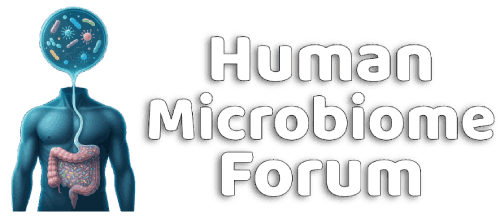Michael Harrop
Well-known member
https://www.science.org/doi/10.1126/science.adr5214
Editor’s summary
Metals and metalloids are ubiquitous in soils, originating from bedrock and from human activities and infrastructure. These compounds can be toxic to humans and other organisms, and their soil distribution and concentrations at global scale are not well known. Hou et al. analyzed data from more than 1000 regional studies to identify areas of metal toxicity and explore drivers of these trends. They estimate that 14 to 17% of cropland exceeds agricultural thresholds for at least one toxic metal. Climate and topography, along with mining activity and irrigation, predicted which soils would exceed metal thresholds. Soil metal pollution is a global issue that will likely increase with the growing demand for toxic metals in new technologies.
Abstract
Toxic metal pollution is ubiquitous in soils, yet its worldwide distribution is unknown. We analyzed a global database of soil pollution by arsenic, cadmium, cobalt, chromium, copper, nickel, and lead at 796,084 sampling points from 1493 regional studies and used machine learning techniques to map areas with exceedance of agricultural and human health thresholds.
We reveal a previously unrecognized high-risk, metal-enriched zone in low-latitude Eurasia, which is attributed to influential climatic, topographic, and anthropogenic conditions. This feature can be regarded as a signpost for the Anthropocene era. We show that 14 to 17% of cropland is affected by toxic metal pollution globally and estimate that between 0.9 and 1.4 billion people live in regions of heightened public health and ecological risks.
- Format correct?
- Yes
